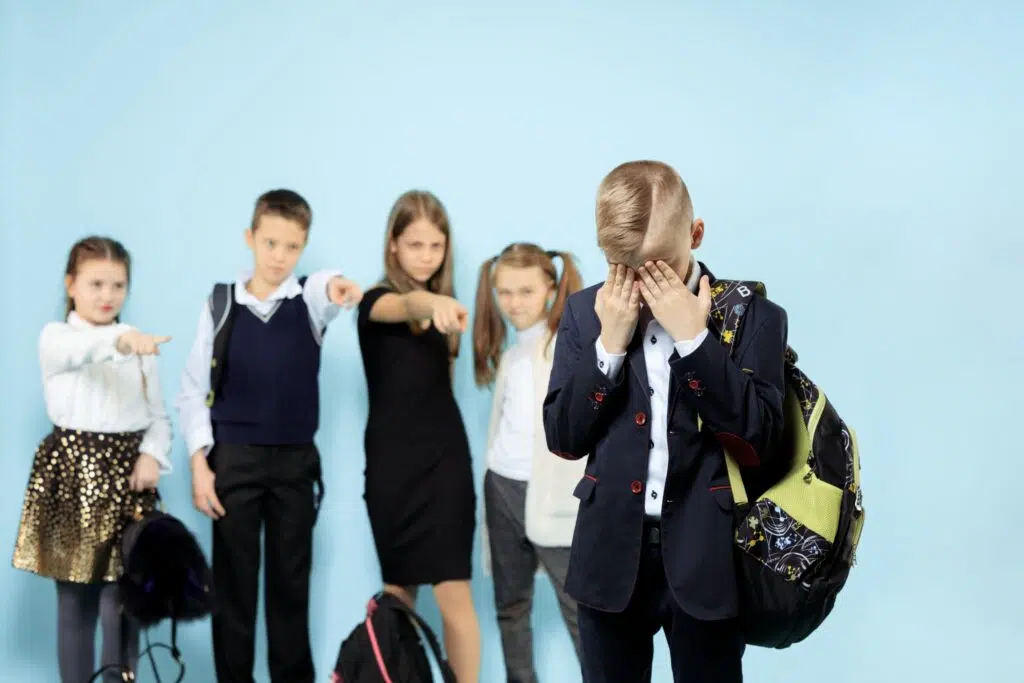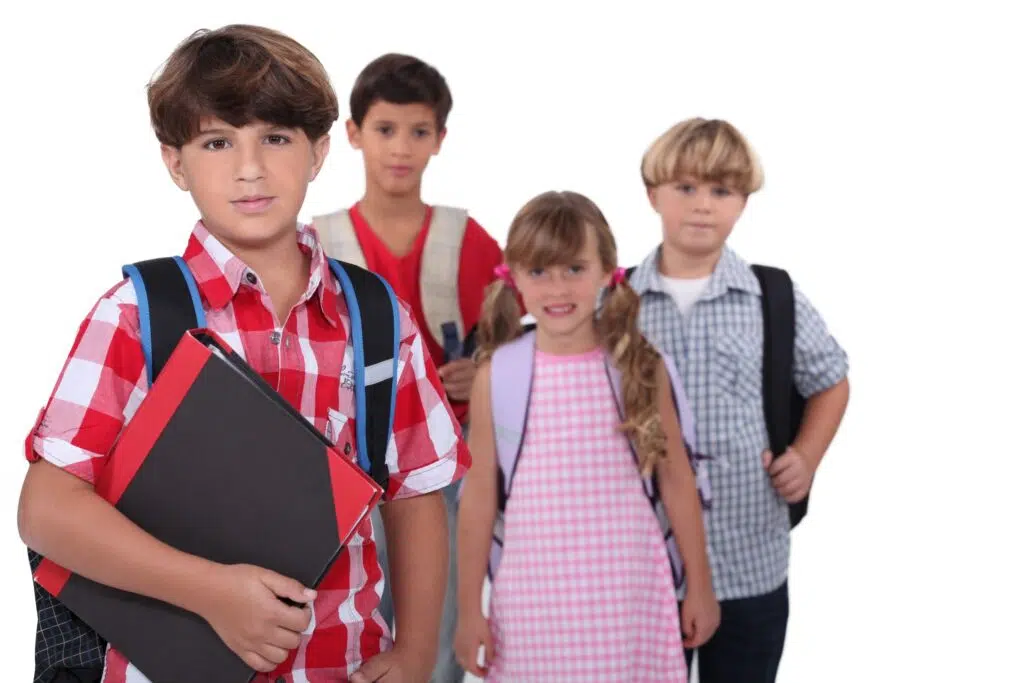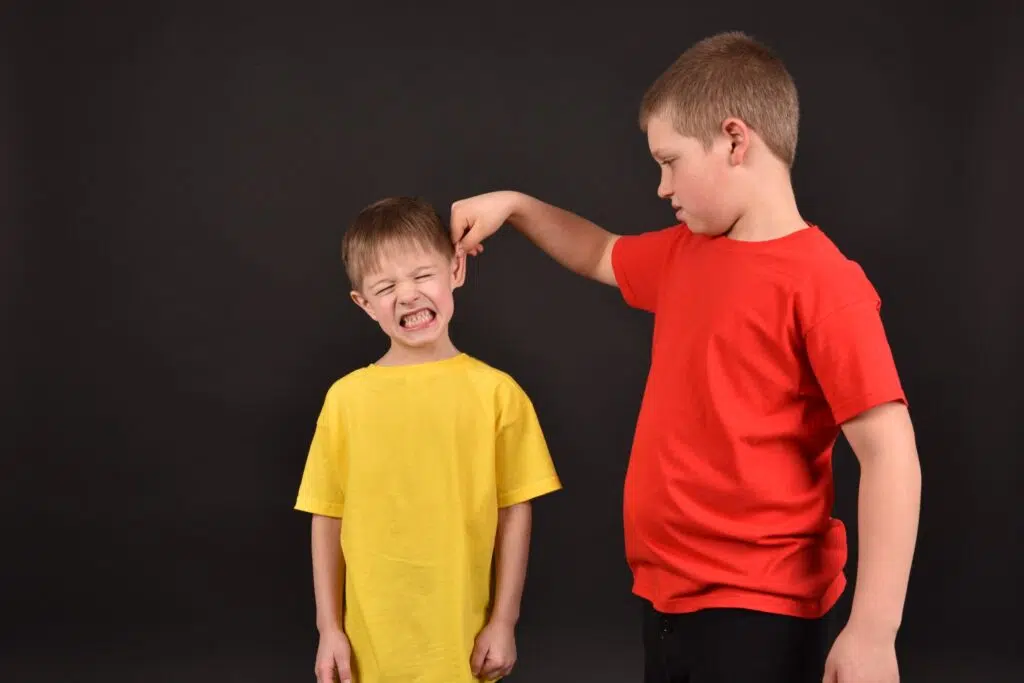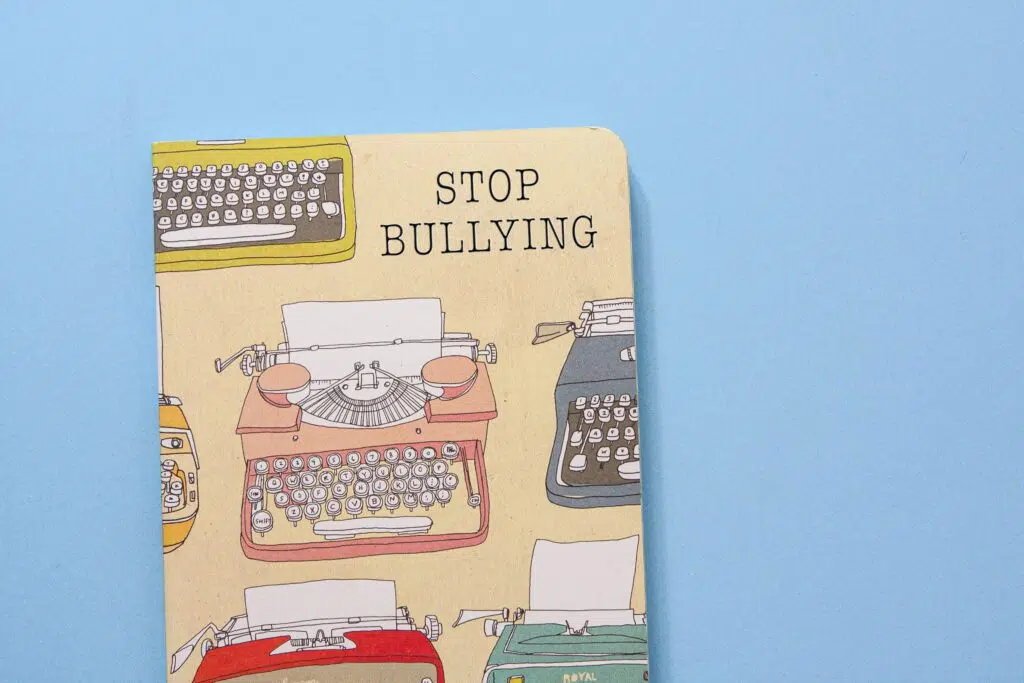Bullying is a serious issue, and due to the internet and social media, it has expanded outside of the playground. Instead, bullies can attack their victims on social media platforms and create a much larger sphere of negative attention. For this reason, it is vital for parents to recognize signs that their child might be engaging in bullying behavior. Let’s seven signs that could suggest your child is exhibiting bullying tendencies.
1. Dominance Over Peers

Does your child consistently control other kids through intimidation? Do you have to warn them to not hit other kids frequently? Do they repeatedly interrupt others during conversations or activities? These children often display an unusual fixation with maintaining power in their social circles and may become visibly agitated when challenged. Another telltale sign is physical positioning, such as standing over others or invading personal space. If their communication style typically involves talking down to others or using condescending tones, then they may be bullying their peers.
2. Lack of Empathy

Lack of empathy and responding to others’ appeals of emotional hurt is another red flag for parents. Have you witnessed your child inappropriately laughing at something hurtful or painful? Observable patterns include minimizing their actions’ consequences and showing resistance to acknowledging wrongdoing. Their responses to disciplinary measures often lack genuine remorse, instead focusing on personal inconvenience or punishment avoidance.
3. Physical or Verbal Intimidation

Similar to number 1 on this, aggressive physical behavior is another red flag that your child may be a bully. Have you heard your child mocking or name-calling specific peers? Or, have you heard your child threatening other children at school or even siblings? Physical aggression might escalate when adults aren’t watching, and they often target the same individuals repeatedly.
4. Unexplained Valuable Items or Money

If your child has returned home from school with valuable property or items that you didn’t pay for, you should investigate how it was obtained. Your child does not have a job or income, so the sudden appearance of new possessions without clear sources raises concerns about potential extortion or theft. Potential bullies often make excuses about friends “giving” them things voluntarily. The pattern might include frequently having more lunch money or possessions than what you’ve provided.
5. Sneaky Social Media Behavior

Modern bullying frequently occurs on social media where supervision is minimal. Your child might exhibit secretive behavior around their phone or computer usage, quickly changing screens when adults approach. They could have multiple social media accounts, some hidden from parental view. Evidence of cyberbullying might include mean messages or exclusionary online behavior. Their digital footprint might reveal patterns of targeting specific individuals or groups. It is recommended that you check your child’s search history and track their online movements and interactions if you suspect they are bullying other kids.
6. Odd Friendship Dynamics

Does your child have friends or loyal subjects? Observe how your child’s friend group operates and their role within it. Are they surrounding themselves with some sycophants in training? These children often maintain their social status through fear rather than genuine friendship. Their friend group typically exhibits a clear hierarchy with your child at the top. Relationships tend to be superficial and based on conditional acceptance.
7. Manipulating Authority

Bullies often display distinctive patterns when interacting with authority figures. Haven’t you seen this in movies and television? When the teacher is watching they are innocent, but when they are not paying attention, they are breaking the rules or inflicting harm. Yes, this may be your child. If your child has concealed sophisticated manipulation tactics from yourself or other parental authorities, they may be a bully.
Next Steps for Parents

Recognizing these behaviors in your child requires immediate, thoughtful intervention. Consider consulting school counselors or child psychologists who specialize in behavioral modification. Implement consistent consequences while maintaining an open dialogue about underlying emotions and motivations. Focus on developing empathy through controlled social interactions and positive reinforcement.